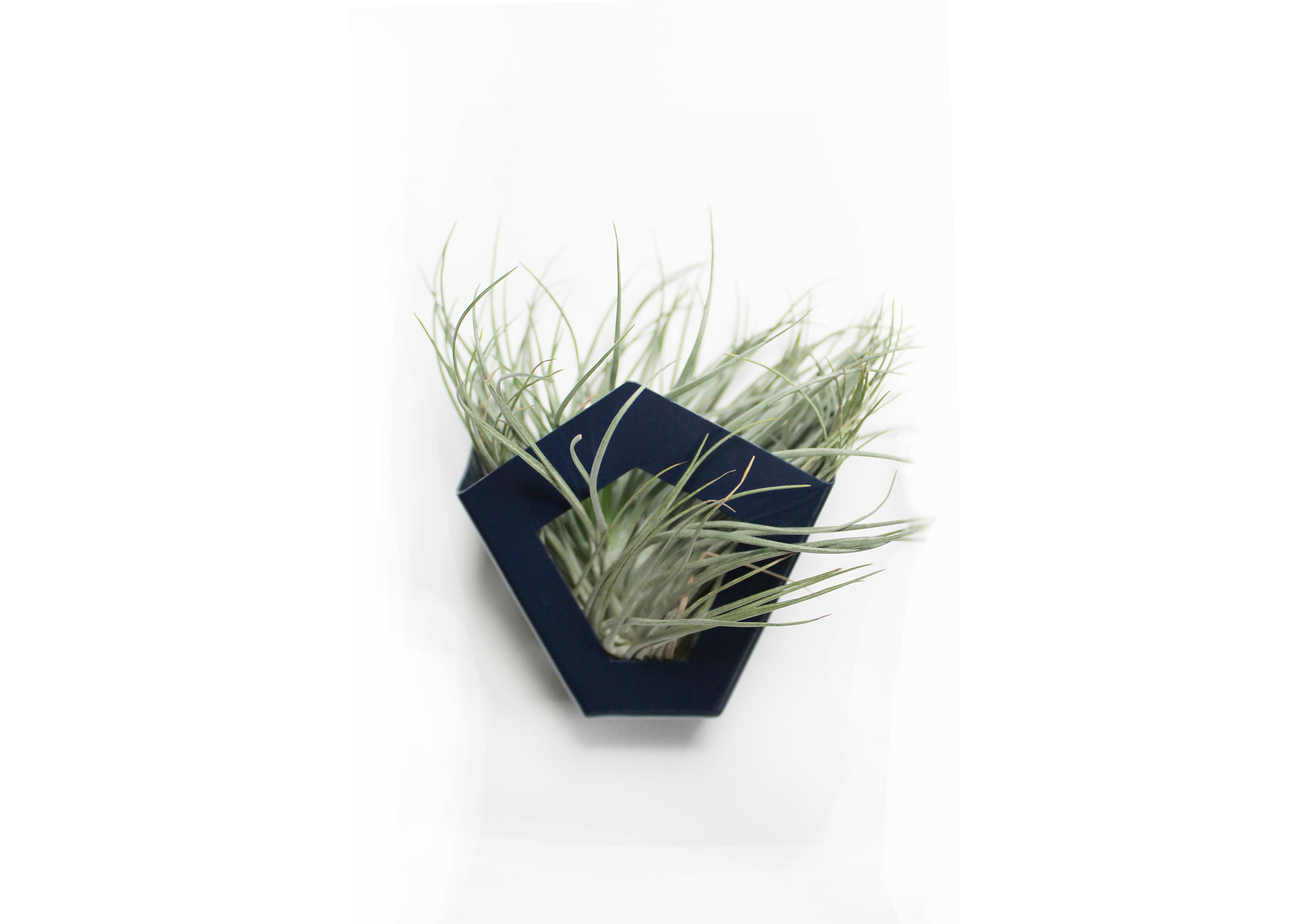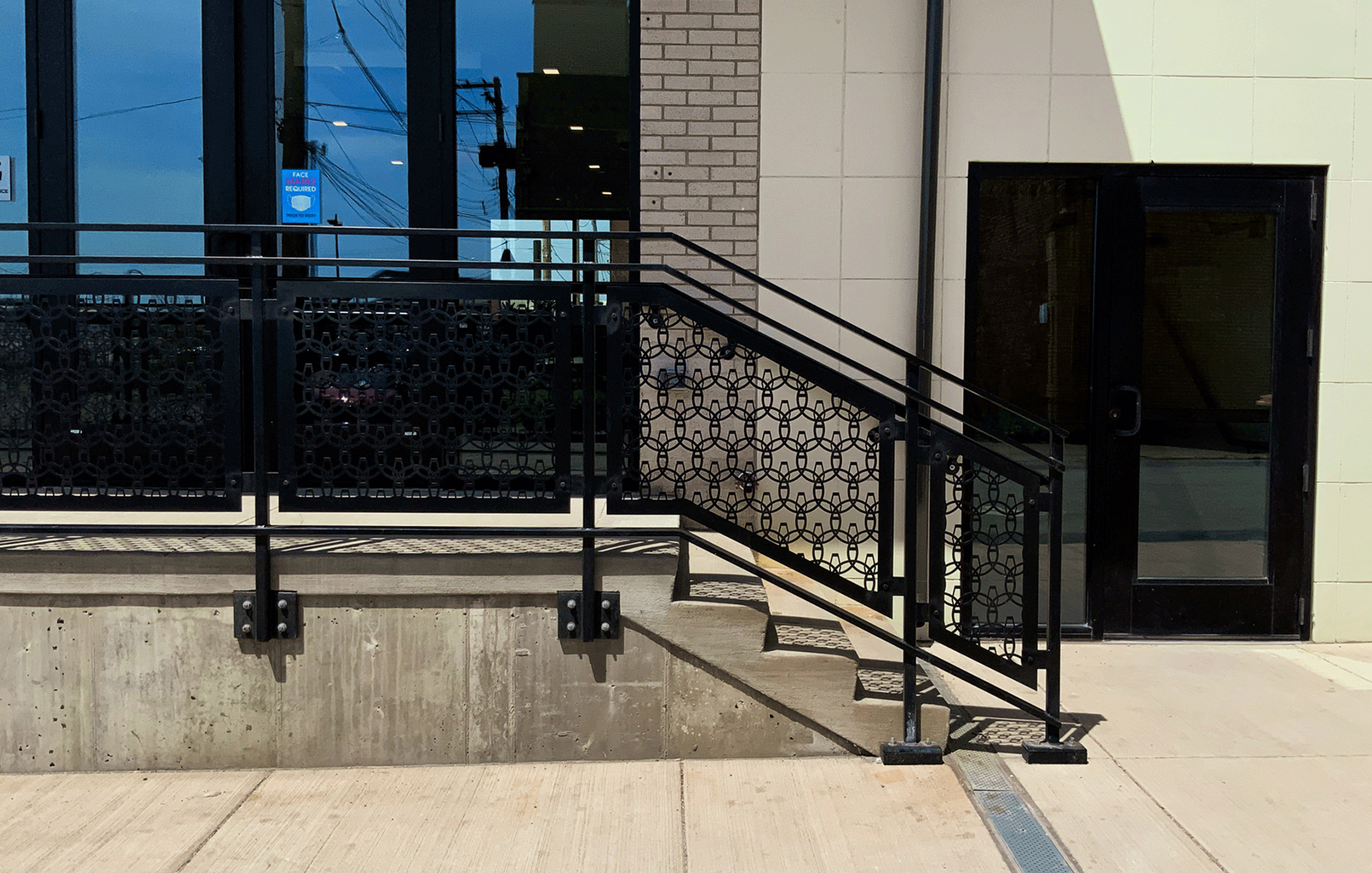
Volpe Design uses
strategies to solve
for our clients needs.
Persona
The persona exercise in design strategy involves creating detailed profiles of hypothetical users, based on real data and educated guesses. These personas represent key user types, including their demographics, behaviors, needs, and motivations. This tool humanizes the design process, promoting user-centered solutions. It aids in decision-making and ideation, ensuring designs align with real-world user contexts. By embodying target users, personas enhance empathy and streamline team communication, leading to tailored, effective design solutions.
Solving For Hope
"Solving for Hope" is an exercise where participants compare relative hopes and fears, identifying common themes. They brainstorm solutions to amplify hopes and mitigate fears. This collaborative process prioritizes optimistic outcomes, focusing on actionable strategies that enhance positive aspects while systematically addressing concerns, aiming for a balanced, forward-looking approach.
Buy a Feature
"Buy a Feature" is a participatory design exercise where stakeholders use limited virtual currency to 'purchase' features of a product or service. This method prioritizes features based on perceived value, encouraging stakeholders to negotiate and discuss. It reveals what users value most, guiding resource allocation and design decisions effectively.
Hopes and Fears
The "Hopes and Fears" exercise in design strategy is a method used to explore and articulate the aspirations and concerns of stakeholders involved in a project. Participants express their 'hopes' for what the project might achieve and their 'fears' about potential challenges or failures. This activity encourages open dialogue, fostering a shared understanding and addressing potential issues early in the design process. It helps in aligning goals, mitigating risks, and building a collective vision for the project. By considering both positive aspirations and potential obstacles, the exercise ensures a more holistic and realistic approach to strategy and design.
Radar Mapping
Radar Mapping in design strategy is a visual tool used to plot ideas, trends, or skills on a radar-like chart. Each concentric circle represents a level of importance or development stage. This method helps in prioritizing concepts, identifying gaps, and visually tracking progress or evolution over time in a clear, organized manner.
Journey Map
A Journey Map rating energy levels throughout the day is a tool to track and visualize an individual's energy fluctuations over time. Participants plot their energy highs and lows against daily activities and times, offering insights into patterns and triggers. This map aids in optimizing schedules and interventions for better energy management and productivity.
Boundary Objects
Boundary Objects in design are flexible, shared artifacts that facilitate communication across different stakeholder groups. They adapt to each group's unique understanding yet maintain a common identity. These objects, like diagrams or prototypes, help bridge interpretive gaps, fostering collaboration and ensuring all perspectives are integrated into the design process.
Analysis
A pie chart categorizes budget allocation, reflecting client preferences. It visually represents spending priorities across different features, offering insights into client values. This aids in strategic decision-making and aligns development with client expectations, enhancing transparency and fostering data-driven discussions about resource distribution.









